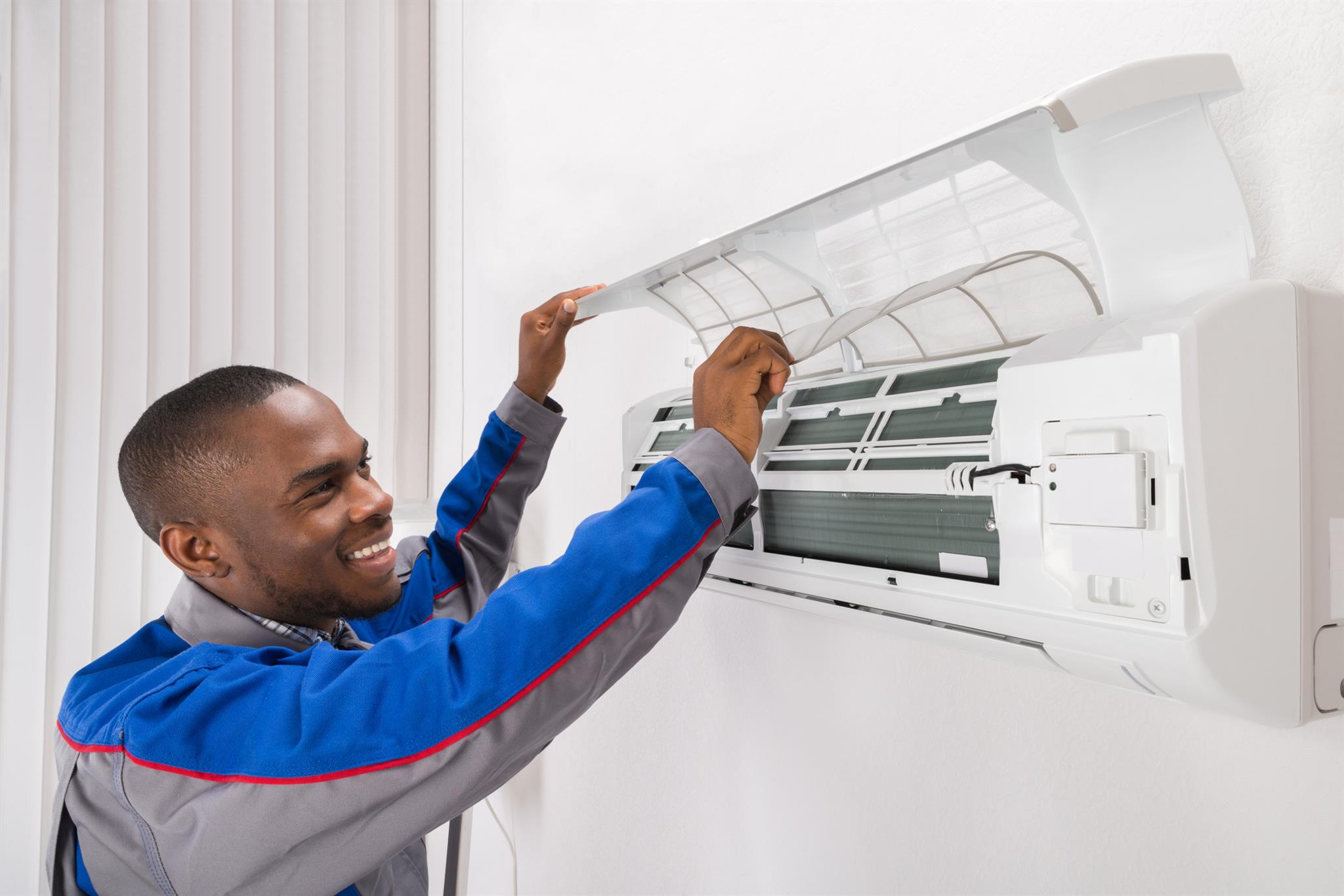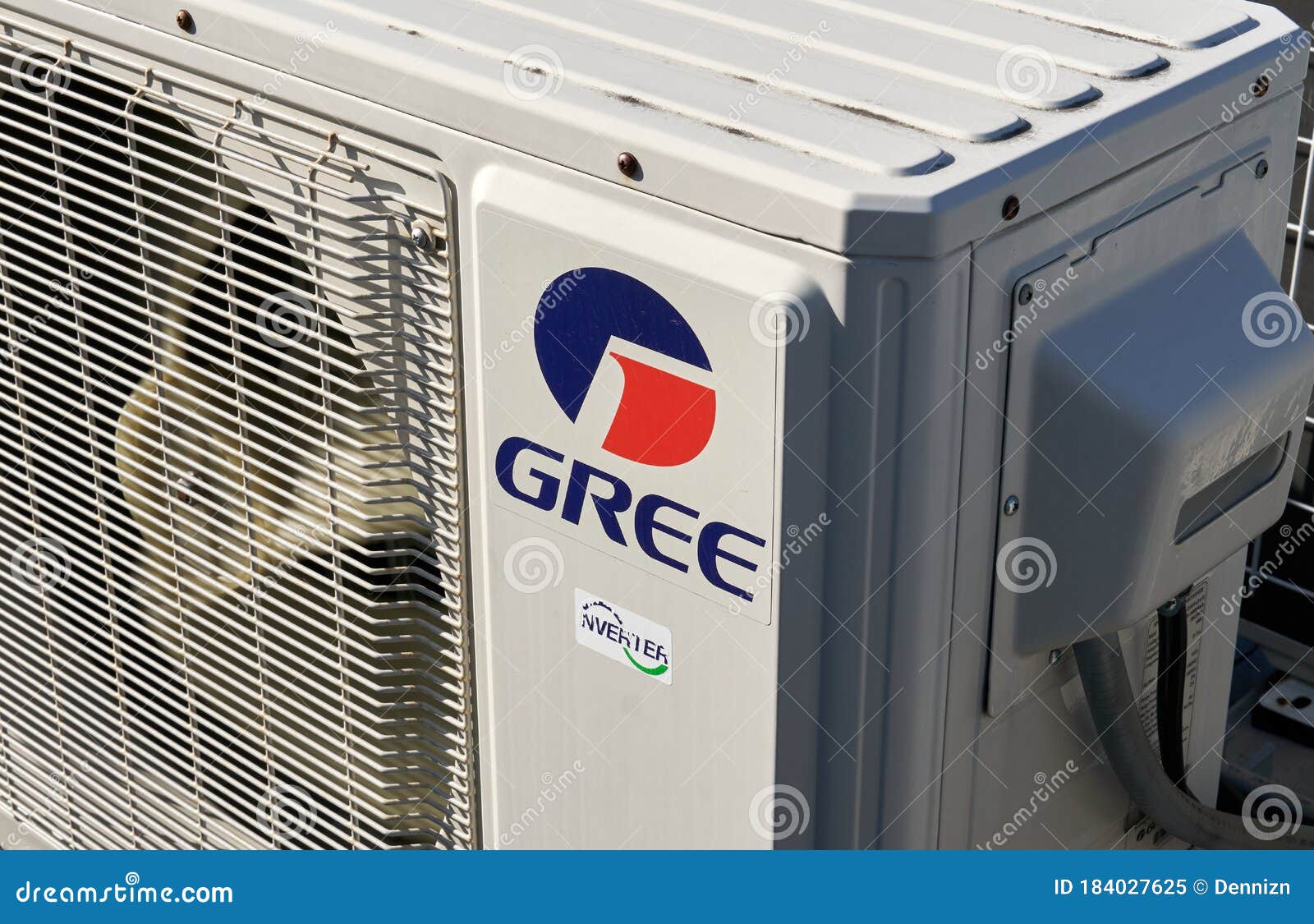Considering the intricacies of cooling ancient homes, air conditioning setup for historic homes poses strange predicaments.
How can you maintain the stability of period buildings while making certain first-class interior comfort?
Unwind the enigmatic interaction in between modern air conditioning comforts and ageless building treasures in the following discussion.
Trick Takeaways
- Preserve historic charm with appropriate materials and experienced advice.
- Upgrade electrical systems for modern a/c compatibility and security.
- Discover small cooling alternatives like mini-split or high-velocity systems.
- Boost energy effectiveness with insulation, smart thermostats, and maintenance.
Historic Considerations
When considering the installment of cooling in a historical home, it is necessary to comprehend the one-of-a-kind historical aspects of the home. Repair obstacles typically develop when attempting to mix modern-day convenience with protecting the historic honesty of the home. The architectural influence of setting up cooling must be thoroughly reviewed to ensure that the system does not interfere with the home's initial style.
Protecting the historic beauty of a home while updating its facilities can be a fragile equilibrium. Reconstruction difficulties may consist of locating means to conceal ductwork, finding discreet areas for the outside unit, or adapting the system to fit within the existing building restraints. It's important to collaborate with professionals experienced in historic home remodellings to navigate these difficulties successfully.
The building impact of including a/c can be significant. Cautious consideration needs to be offered to exactly how vents, thermostats, and various other elements will certainly blend with the home's visual. Making sure that the installment does not jeopardize the historic honesty of the residential property is critical when taking on such a job in a historical home.
Assessing Electric Systems

To guarantee a successful setup of air conditioning in a historical home, assessing the compatibility and capacity of the existing electric systems is crucial. Before proceeding with the installation, it is essential to examine whether the electric system can manage the added tons that the cooling device will introduce. Sometimes, updating the voltage of the electric system may be essential to make sure it can power the brand-new cooling system effectively.
System compatibility is one more key aspect to assess when evaluating the electrical configuration of a historic home. Older electric systems might not work with modern-day a/c devices, which can cause breakdowns or perhaps present safety and security threats. Guaranteeing that the electrical system is compatible with the new a/c devices will certainly aid prevent any prospective concerns down the line.
Room Restrictions and Ductwork Options
When dealing with restricted area in your historical home, you might wish to check out ductless mini-split systems or high-velocity cooling and heating systems as sensible choices. These systems can give efficient air conditioning without the need for comprehensive ductwork, making them appropriate for older residential or commercial properties with area restrictions.
Ductless Mini-Split Solutions
Thinking about room restrictions and different ductwork alternatives, ductless mini-split systems use a flexible option for cooling installment in historical homes. These systems provide considerable energy cost savings compared to typical a/c arrangements, as they allow for zoning, meaning you can cool down certain areas just when required.
The layout versatility of ductless mini-split systems is additionally beneficial for historical homes, where maintaining the initial looks is essential. Without any ductwork called for, setup is less invasive, making it a favored option for older homes with minimal room or where protecting architectural integrity is a priority.
Ductless mini-split systems are effective, adjustable, and blend flawlessly into historical interiors, using a functional and energy-efficient air conditioning service.
High-Velocity A/c Equipments
High-Velocity heating and cooling systems give a small and effective air conditioning remedy for historical homes with restricted space and certain ductwork needs. When taking into consideration these systems for your historical home, right here are four bottom lines to keep in mind:
- Mini air duct systems: High-Velocity a/c systems use tiny ducts that are much smaller in size contrasted to standard ductwork, making them ideal for homes with space constraints.
- Small layout: The compact style of these systems allows for less complicated installment in older homes where space is restricted.
- Efficient cooling: Despite their tiny size, high-velocity systems are capable of offering reliable air conditioning throughout your historical home.
- Adaptable setup: These systems provide numerous ductwork options, such as versatile tubes, which can be routed with existing walls without significant restorations.
Energy Efficiency Solutions
To boost the power performance of your historic home, think about updating the insulation and integrating a wise thermostat. These remedies can help manage indoor temperature levels properly and reduce energy intake, making certain a much more lasting and cost-efficient air conditioning system for your distinct building.
Make these upgrades part of your cooling setup plan to make the most of convenience while reducing environmental influence.
Insulation Upgrades
Upgrading the insulation in your historical home can substantially enhance its energy effectiveness and overall convenience while protecting its distinct character and charm. Think about these vital methods for insulation upgrades:
- Assess Window Treatments: Mounting energy-efficient home window treatments like shielded drapes or blinds can help decrease warmth transfer and enhance the general effectiveness of your home.
- Boost Roof Insulation: Upgrading roofing insulation is essential for far better temperature regulation within your historical home, assisting to maintain it cool down in the summer and warm in the wintertime.
- Seal Gaps and Cracks: Identifying and sealing voids and splits in your house's wall surfaces, floors, and ceilings can prevent air leak and boost insulation effectiveness.
- Consider Attic Insulation: Effectively protecting your attic room can dramatically lower warmth loss and enhance the overall energy effectiveness of your home.
Smart Thermostat Assimilation
Thinking about the energy-saving advantages of insulation upgrades in your historical home, integrating a wise thermostat can even more improve your power effectiveness solutions.
Smart thermostats offer precise control over your home's temperature level settings, bring about significant power cost savings. ac service By optimizing heating and cooling timetables based on your choices and everyday routines, you can lower energy waste and reduced utility costs.

In addition, wise thermostats offer remote access, permitting you to change the temperature level settings from anywhere using your smartphone or computer. This function allows you to ensure your home is efficiently heated or cooled down also when you're away, optimizing comfort while lessening power intake.
Embracing smart thermostat technology is a useful step in the direction of enhancing the energy effectiveness of your historic home.
Conservation Strategies for Air Vents
Maintaining the stability of historic air vents is crucial throughout the setup of a/c systems in older homes. When it pertains to preserving the architectural authenticity of your historic residential or commercial property while updating its comfort, take into consideration the following preservation methods for air vents:
- Restoration Techniques: Execute careful remediation methods to preserve the initial design and product of the air vents, ensuring they mix seamlessly with the historic looks of your home.
- Speak with Experts: Inquire from professionals experienced in historical preservation to assist you on the best methods for maintaining the air vents' architectural honesty.
- Custom Solutions: Check out personalized solutions that cater to the special features of your historic air vents, enabling contemporary upgrades without endangering their original charm.
- Period-Appropriate Products: Go with period-appropriate materials when fixing or replacing air vents, ensuring they align with the historical age of your home's style.
Expert Tips for Successful Installation
When installing air conditioning in historical homes, making sure successful setup requires following specialist suggestions for a smooth integration with your property's unique features.
Begin by thoroughly evaluating service warranty insurance coverage provided by different cooling and heating firms to secure your investment in instance of breakdowns. Obtain all needed permit requirements from neighborhood authorities prior to beginning any installment job to avoid lawful concerns down the line.
Budget planning is essential; make sure to make up any unpredicted expenditures that might emerge throughout the installation procedure. Additionally, establish maintenance schedules from the outset to keep your brand-new system running efficiently for many years to find.
Regularly Asked Questions
Can Cooling Be Installed in a Historic Home Without Compromising Its Historical Honesty?
Yes, you can set up cooling in a historical home without jeopardizing its historical integrity. Preservation strategies can be made use of to perfectly integrate modern cooling systems while keeping the home's initial charm.
By strategically putting ductwork and systems hidden, you can guarantee that the historic functions continue to be famous.
It's possible to appreciate the comforts of a/c in a historical home without compromising its one-of-a-kind character.
Are There Unique Considerations to Remember When Installing Air Conditioning in a Historic Home With Outdated Electric Equipments?
When upgrading wiring in a historic home with obsolete electrical systems, special factors to consider are vital. Conservation methods need to be used to maintain the historical honesty of the building.
It is very important to work with specialists who understand the delicate equilibrium in between contemporary comforts and preserving the home's one-of-a-kind character.
Exactly How Can Ductwork Be Discreetly Mounted in a Historic Home With Limited Room?
When handling minimal room in a historic home, you'll require to ponder discreet design and space-saving options for installing ductwork. To keep historic conservation while appreciating modern convenience, check out innovative ways to put ducts away without jeopardizing the home's looks.
Check out slim duct choices or contemplate using existing tooth cavities for duct positioning. By blending functionality with subtlety, you can guarantee a seamless assimilation of air conditioning in your historic home.
What Are Some Energy-Efficient Options for A/c in Historic Homes?
When trying to find energy-efficient alternatives for air conditioning in historical homes, think about utilizing energy-efficient zoning and miniature split systems. Energy-efficient zoning helps control temperature levels in different areas of your home, saving energy.
Mini split systems are a fantastic option for older homes with limited room, using both cooling and warming features. By going with these solutions, you can keep your historical home comfortable without endangering on energy efficiency.

Are There Certain Preservation Techniques That Should Be Used for Historic Air Vents During Installment?
When mounting a/c in historical homes, conservation strategies play a crucial role. It's important to make sure that the existing air vents are carefully integrated right into the new system to keep the historical visual of the home.
Final thought
When setting up cooling in historical homes, it's important to contemplate the distinct obstacles such as maintaining the home's historical honesty, reviewing electrical systems, and working within space constraints.
By thoroughly intending and utilizing energy-efficient services, you can effectively mount a/c without compromising the personality of your historic home.
Remember to get in touch with specialists for advice and warranty appropriate preservation methods for air vents to maintain the elegance and functionality of your home.
